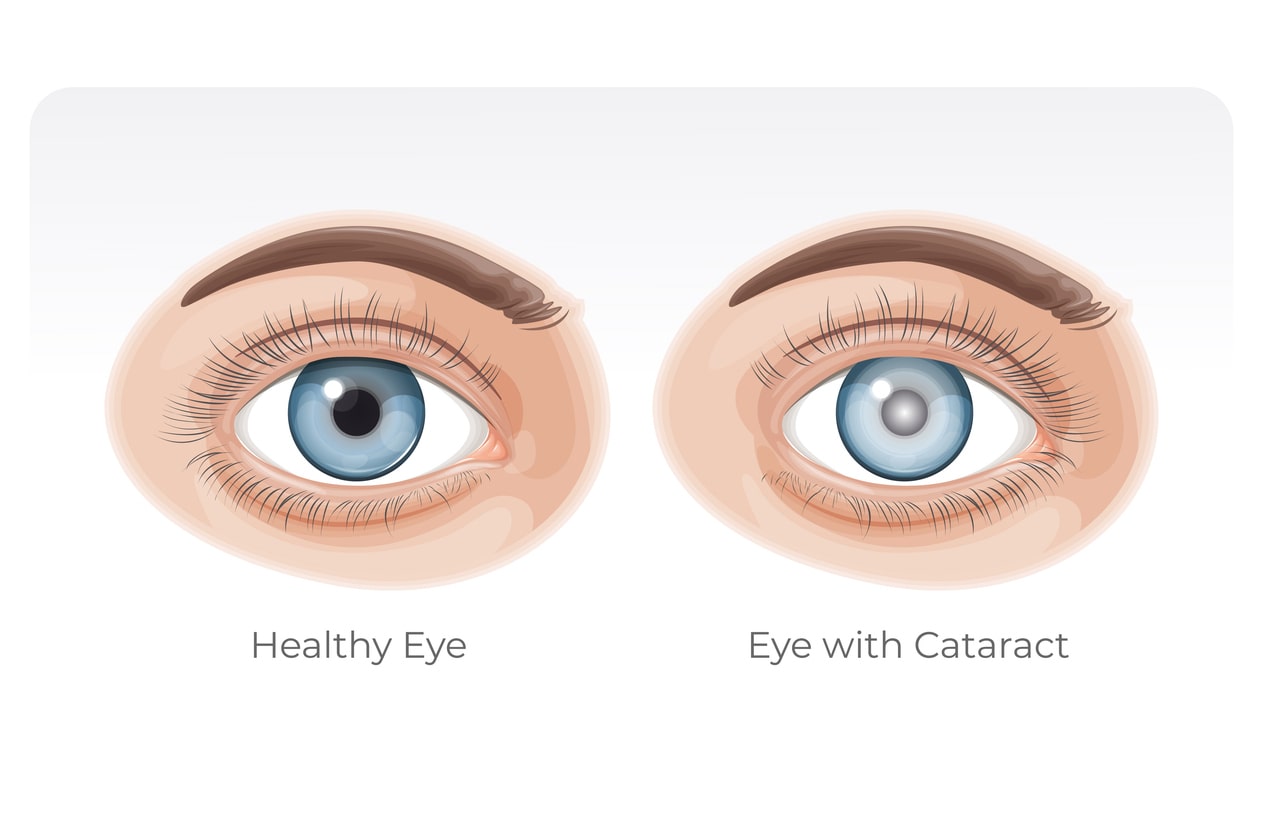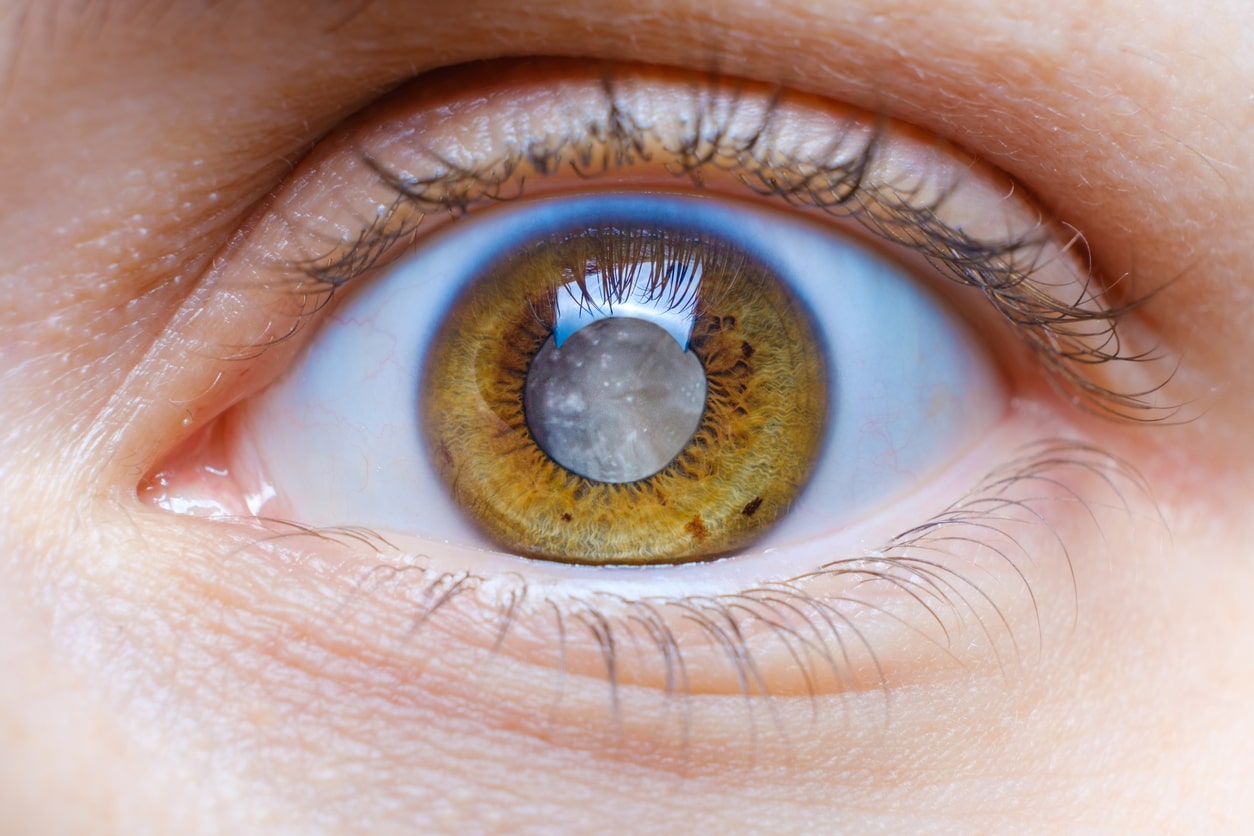Cataracts can gradually diminish one’s vision, impacting daily activities and quality of life. Fortunately, modern medicine offers a reliable solution: cataract surgery. This procedure, routinely performed by skilled ophthalmologists, involves removing the clouded lens and replacing it with a clear artificial one, restoring clear vision and enhancing overall well-being. Undergoing surgery may be daunting, especially for those unfamiliar with the process.
Understanding Cataracts and the Need for Surgery
Cataracts, marked by the clouding of the eye’s lens, can significantly impair daily activities, including reading, driving, and watching television, and can cause challenges with night vision. Recognizing the signs and understanding when surgery is necessary are pivotal steps in managing this eye condition effectively.
Cataracts are the leading cause of blindness globally, emphasizing the importance of timely intervention. Untreated, they can block light from entering the eye, leading to significant vision loss and, in extreme cases, complete vision loss. Understanding the necessity and optimal timing for cataract surgery can be a critical factor in preserving and enhancing visual health.
Preparing for Cataract Surgery
Preparing for cataract surgery involves several crucial steps to ensure the procedure’s success and your comfort throughout the process. Explore these pre-surgery recommendations:
- Consultation with the Ophthalmologist: Before undergoing cataract surgery, patients will consult with their ophthalmologist. During this appointment, the ophthalmologist will assess the patient’s eye health, discuss the need for surgery, and explain the procedure in detail.
- Eye Examination and Measurements: The ophthalmologist will conduct a comprehensive eye examination to evaluate the extent of the cataracts and determine the appropriate course of action. This may include measuring the curvature of the cornea, assessing intraocular pressure, and determining the power of the intraocular lens (IOL) that will be implanted during surgery.
- Discussion of Medical History and Current Medications: Patients will provide their medical history, including any underlying health conditions and medications they are taking. Certain medications may need to be adjusted or discontinued before surgery to minimize the risk of complications.
- Pre-operative Instructions: Patients will receive specific instructions to follow in the days leading up to the surgery. These instructions may include fasting for a certain period before the procedure, discontinuing the use of certain medications, and using prescribed eye drops to prepare the eye for surgery.
- Arranging Transportation for the Surgery Day: Since patients may have limited vision immediately following cataract surgery, it is important to arrange transportation to and from the surgical facility. Patients should not plan to drive themselves home after the procedure.
The Cataract Surgery Procedure Explained
The surgery, primarily an outpatient procedure, encompasses the removal of the eye’s clouded lens and its substitution with an artificial lens. Here’s a breakdown of the procedure:
- Mapping the Eye: Before cataract surgery, precise measurements of the eye’s size and shape are obtained. This mapping process helps the surgeon determine the correct power of the intraocular lens to be implanted during the procedure.
- Anesthesia: Before surgery, topical anesthesia is administered to numb the eye, ensuring the patient remains comfortable throughout the procedure. In some cases, additional sedation may also be provided to help the patient relax.
- Incision: To access the cataract, a small, self-sealing incision is made on the side of the cornea. This incision is typically less than 3 millimeters in size and does not require stitches.
- Softening and Extracting the Cataract: Using either ultrasound waves or laser technology, the cataract is softened and fragmented. Subsequently, the fragmented cataract is gently suctioned out through the small incision, completing its removal from the eye.
- Inserting the IOL: Following the cataract removal, the surgeon selects the most suitable IOL based on the patient’s visual needs and lifestyle. The chosen foldable IOL is then carefully inserted into the lens capsule, where it unfolds to replace the natural lens, thus restoring clear vision.
This procedure takes about 10-15 minutes per eye and is characterized by its high success rate and minimal discomfort. Patients may opt for traditional surgery using a blade or laser-assisted surgery, which offers added precision and safety, and is especially beneficial for correcting astigmatism or tackling dense cataracts.
What to Expect During Recovery
After undergoing cataract surgery, patients embark on a journey towards clearer vision, though the path to full recovery involves careful adherence to post-operative instructions and awareness of the healing process. What to expect during recovery:
- Initial Discomfort: Mild discomfort, itching, or a gritty sensation in the eye is common during the first few days following surgery.
- Blurred Vision: Your vision may initially be blurry or hazy immediately after surgery, but it gradually improves in the following days and weeks.
- Sensitivity to Light: Increased sensitivity to light is normal during the initial stages of recovery. Wearing sunglasses when outdoors can help alleviate discomfort.
- Activity Restrictions: Avoid strenuous activities, heavy lifting, and bending over during the early stages of recovery to prevent complications such as increased eye pressure and to protect your healing eyes.
- Potential Complications: Although rare, complications such as infection, increased eye pressure, or swelling may occur during the recovery period. Contact your surgeon immediately if you experience severe pain, sudden changes in vision, or any other concerning symptoms.
Long-Term Care and Monitoring
Following cataract surgery, patients can expect a gradual but noticeable improvement in vision over time. Initially, vision may be blurry or hazy immediately after surgery, but as the eyes heal, clarity typically improves. Consistently using prescribed eye drops is crucial during this recovery period to aid in healing, prevent infection, and reduce inflammation. Diligently following the recommended dosage and application schedule ensures optimal results and smoother recovery.
Additionally, attending scheduled follow-up appointments with your surgeon is essential for monitoring progress, assessing visual acuity, and addressing any concerns. These appointments allow for adjustments to treatment plans if necessary and provide reassurance that the eyes are healing as expected. With patience, adherence to post-operative care instructions, and regular follow-up visits, patients can look forward to experiencing clearer vision and enjoying the benefits of improved eye health after cataract surgery.
Embracing Clarity: The Promise of Cataract Surgery
Cataract surgery offers a transformative solution for individuals experiencing vision impairment due to cataracts, providing a pathway to clearer vision, enhanced quality of life, and increased independence. With gradual progress, diligent use of prescribed eye drops, and regular follow-up appointments, patients can enjoy improved vision and overall eye health post-surgery.
If you or a loved one are considering cataract surgery, don’t hesitate to take the first step towards better vision by scheduling a consultation with Florida Eye. Our team of experienced ophthalmologists is dedicated to providing personalized care and innovative treatments to help you regain optimal vision and reclaim your life. Contact us today to embark on your journey to clearer vision and a brighter tomorrow.





